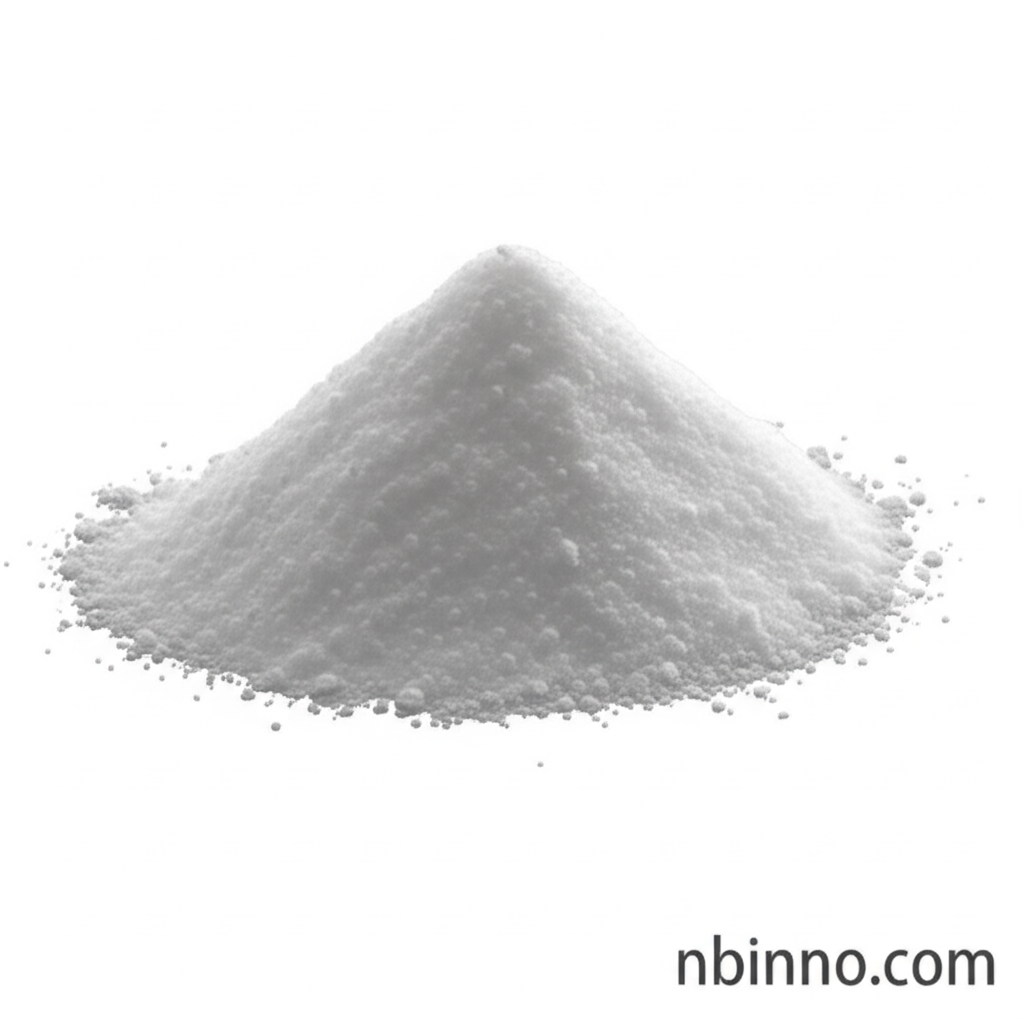Poly(D,L-lactide): A Comprehensive Guide to its Properties, Applications, and Synthesis
Explore the multifaceted world of Poly(D,L-lactide), a key player in advanced drug delivery and tissue engineering.
Get a Quote & SampleProduct Core Value

Poly(D,L-lactide)
Poly(D,L-lactide) (PDLLA) stands out as a crucial biodegradable and biocompatible polyester, finding extensive use in sophisticated drug delivery formulations and advanced tissue engineering applications. Its synthetic malleability allows for precise tailoring to specific medical needs, offering control over degradation rates and release kinetics.
- Discover the versatility of Poly(D,L-lactide) in drug delivery applications, where it is instrumental in encapsulating therapeutic agents for targeted and sustained release, addressing challenges of conventional delivery.
- Explore the wide range of Poly(D,L-lactide) properties and uses, from its intrinsic viscosity and glass transition temperature to its utility in creating microspheres, particles, implants, and scaffolds.
- Understand the various PLGA synthesis methods, including emulsion-based techniques, spray drying, and supercritical fluid technology, each offering unique advantages for nanocarrier fabrication.
- Learn about the importance of computational modeling of nanocarriers in optimizing PLGA formulations, predicting behavior, and ensuring safety and efficacy in medical applications.
Advantages Offered by Poly(D,L-lactide)
Biocompatibility and Biodegradability
As a key feature of biodegradable polymers for tissue engineering, PDLLA breaks down into harmless lactic and glycolic acid, minimizing systemic toxicity and immune responses.
Tunable Release Kinetics
The ability to control degradation rates by adjusting monomer ratios makes PLGA drug delivery systems ideal for precise, long-term therapeutic agent release.
Versatile Application Spectrum
From micro/nanoparticles and implants to surgical sutures and artificial tissues, the broad utility of PDLLA solidifies its role in advanced medical solutions, showcasing its importance in advanced drug delivery systems.
Key Applications
Drug Delivery Systems
PDLLA serves as a critical component in creating sophisticated PLGA-based nanotechnology for targeted and sustained release of pharmaceuticals, enhancing therapeutic outcomes.
Tissue Engineering Scaffolds
The material's biocompatibility and biodegradability make it an excellent choice for fabricating porous scaffolds, supporting cell growth and tissue regeneration, a key aspect of biocompatible material science.
Medical Implants and Devices
Its robust nature and predictable degradation profile make PDLLA suitable for various medical implants and devices, contributing to the field of polymer-based medical implants.
Surgical Sutures and Fixation Devices
The material's strength and resorbability lend themselves to applications like surgical sutures and internal fixation devices, demonstrating its utility in controlled release drug technology.
